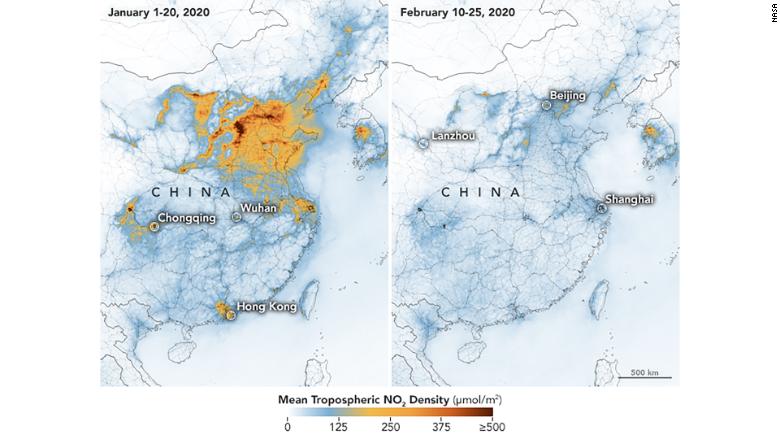About Hein
Born in 1985, Hein Prinsloo from Johannesburg had a simple childhood like many others. He is the second youngest of four brothers. Hein’s mother, Hannatjie Prinsloo raised her four boys to the best of her ability, while husband, Willie Prinsloo worked hard on the South African Gold Mines, to provide for his family.
The family moved to Pretoria, when Hein was 12, in search of a better life. Having matriculated in 2004, Hein started a career in Furniture Retail Operations. Excelling as Regional Operations Manager and having accomplished so much, at 31, it was time to shift goals, and have new dreams to champion.
In 2016 Hein met Richard Curson, Celebrity Publicist from London; they became life partners and eventually engaged. Their wedding took place on 09 June 2018 and was filmed for SABC TV show; Top Billing.
He resigned from retail in 2017 and began life with Richard with new exciting dreams and aspirations. Hein and Richard launched a Public Relations agency in South Africa in 2017. Richard with the Celebrity Publicist background, and Hein with the Retail Operations background, has perfected service delivery for clients, by closing the misunderstood gap between Public Relations and Retail, which now allows them to better cater for the vast market.
Having had a strong connection with his siblings since he came out as gay to his family in 2005, there were no more obstacles for this young determined Virgo, to accomplish his dreams, with the full support of his family. Hein’s business partner and husband Richard, both share the same dreams. Not only have they managed to accomplish so much in such a short space of time, but they have common goals and aspirations that they are working hard towards.
After the wedding in 2018, the Prinsloo Curson’s started expanding their rapidly growing business and flying the SA flag high around the world, and it’s not hard to see that this duo are strongly on their way to achieving what they set out to do.



